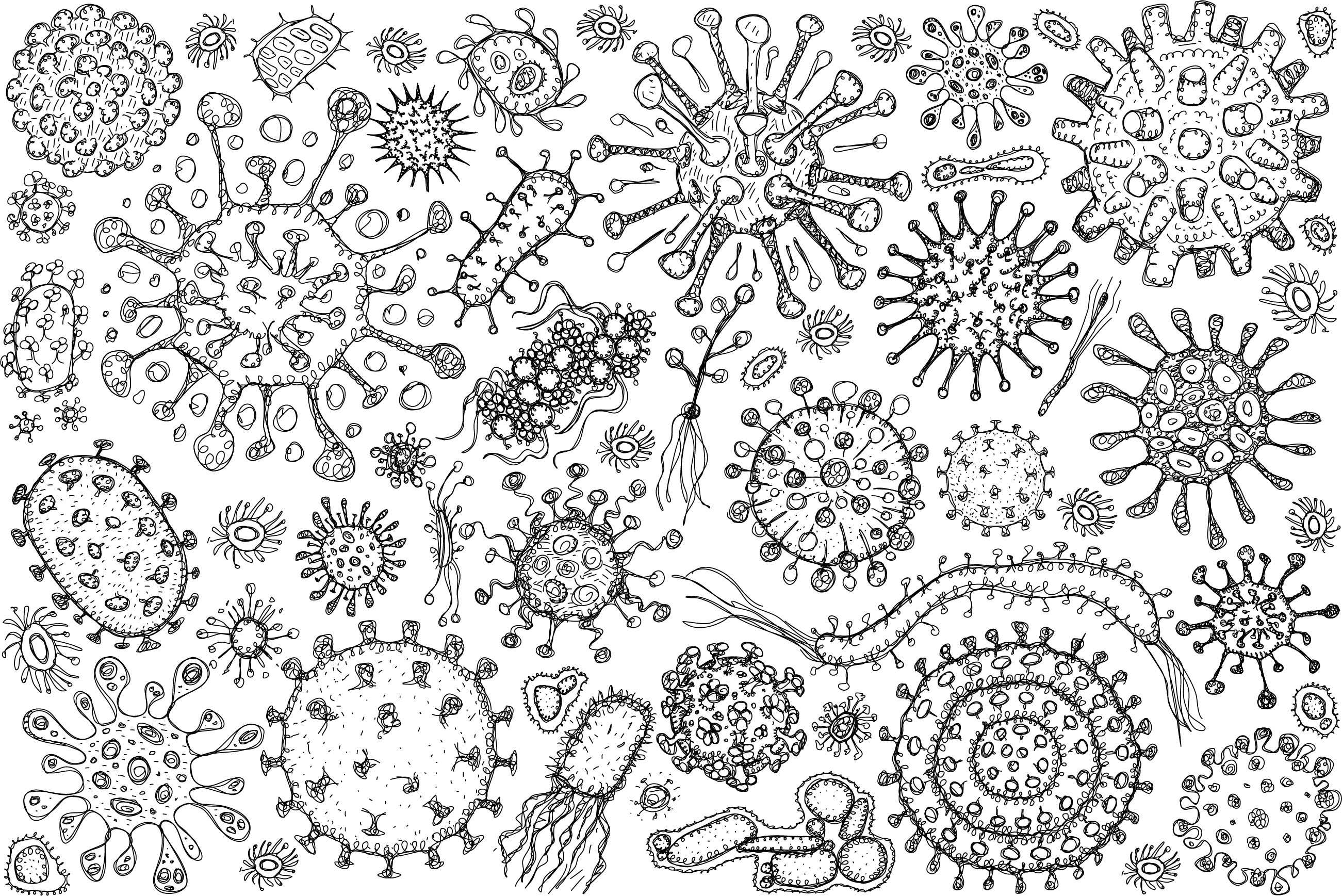
Abstract: SARS-CoV-2 Omicron subvariants with increased transmissibility and immune evasion are spreading globally with alarming persistence. Whether the mutations and evolution of spike (S) Omicron subvariants alter the viral hijacking of human TMPRSS2 for viral entry remains to be elucidated. This is particularly important to investigate because of the large number and diversity of mutations of S Omicron subvariants reported since the emergence of BA.1. Here we report that human TMPRSS2 is a molecular determinant of viral entry for all the Omicron clinical isolates tested in human lung cells, including ancestral Omicron subvariants (BA.1, BA.2, BA.5), contemporary Omicron subvariants (BQ.1.1, XBB.1.5, EG.5.1) and currently circulating Omicron BA.2.86. First, we used a co-transfection assay to demonstrate the endoproteolytic cleavage by TMPRSS2 of spike Omicron subvariants. Second, we found that N-0385, a highly potent TMPRSS2 inhibitor, is a robust entry inhibitor of virus-like particles harbouring the S protein of Omicron subvariants. Third, we show that N-0385 exhibits nanomolar broad-spectrum antiviral activity against live Omicron subvariants in human Calu-3 lung cells and primary patient-derived bronchial epithelial cells. Interestingly, we found that N-0385 is 10–20 times more potent than the repositioned TMPRSS2 inhibitor, camostat, against BA.5, EG.5.1, and BA.2.86. We further found that N-0385 shows broad synergistic activity with clinically approved direct-acting antivirals (DAAs), i.e., remdesivir and nirmatrelvir, against Omicron subvariants, demonstrating the potential therapeutic benefits of a multi-targeted treatment based on N-0385 and DAAs.

